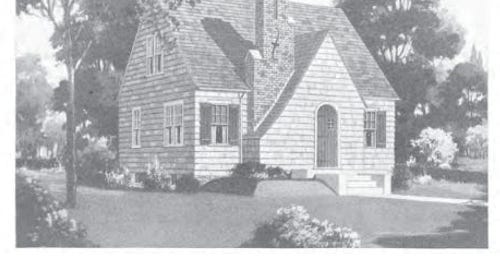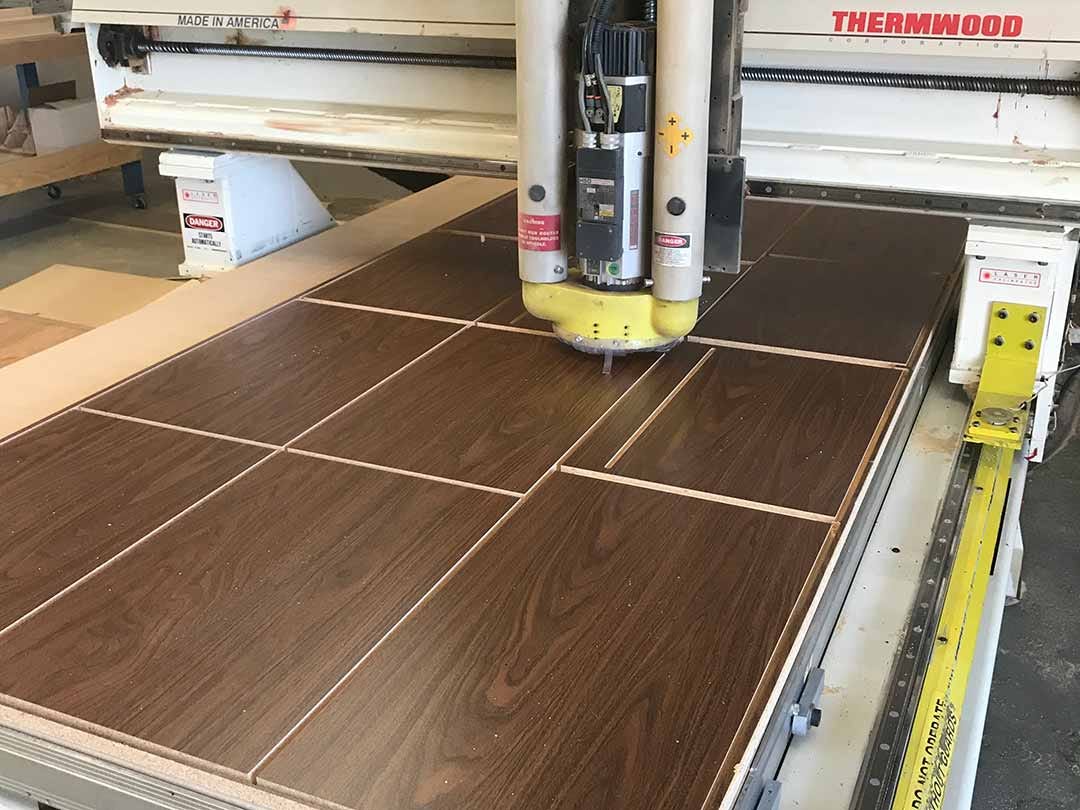I am Going to Bring Back the Sears Home
Part 1: Here is my model for rebooting mail-order housing
SERIES STRUCTURE
Part 1: The Case for Mail Order Housing
Part 2: The 4 Necessary Ingredients for Re-Launch of Mail-Order Housing
Part 3: What the Pilot for Mail Order Housing Looks Like
PART 1: THE CASE FOR MAIL-ORDER HOUSING
I have a personal mission to bring back great architecture to my home state of North Carolina. For various reasons, North Carolina has a very low ratio of architectural quality to the education of the citizenry (I’ll unpack why in a separate post). My solution to this is simple: import the South’s best architecture to my backyard, much of it from the low country of Charleston and Savannah. I do this in partnership with Beaufort, SC-based Allison Ramsey Architects (ARA), which owns the world’s largest stock plan catalog of traditional architecture homes.
Allison Ramsey’s offerings position it uniquely to facilitate a mail-order home business. The company has been creating home plans for 40 years, longer than Sears ever did.
At its peak, the Sears catalog had 850 plans. Allison Ramsey currently has 3500.
My role in this business model is fairly simple. A) I know my local zoning code. B) Allison Ramsey has great plans. C) Most small builders are really good at following instructions but not good at navigating zoning or creating great architecture. I simply solve the problem by using A to deliver B to C.
Almost exclusively, this model is as simple as identifying already completed plans - of homes that have been built from Charleston to Colorado, Beaufort to Belize- and aligning them with the pre-ordained regulatory constraints on a local owner’s survey. Sign, seal, and deliver. Move on. Easy peasy.
The stock plan model offers a load of opportunities for innovation in the industry. In theory, all architects ponder re-selling stock plans. Architects generally retain full copyrights to their drawings, even when their clients pay top dollar for them. As intellectual property, they can, in theory, simply resell “your” plan to someone else. In practice, very few ever do.
Bill Allison, one of the partners at Allison Ramsey, has been adding to his collection of intellectual property for 40 years. Anyone can license them simply by going to the site. In this way, ARA is the great democratizer of design, bringing quality architecture to the masses.
A niche within the stock plan business is mail-order housing, a model that largely disappeared when Sears shut down their division prior to World War II. At the time, they had produced roughly 75,000 of the estimated 100,000 total kit homes built between 1908 and 1940. Customers could choose from up to 447 different designs in Sears’ Book of Modern Homes and Building Plans —or they could submit their own designs—which Sears would then manufacture and deliver via railcar.
For about $2,500, the home-buyer received a kit containing about 30,000 pieces, including everything from lumber to nails and hardware to paint and shingles, plus a book on how to construct the home.
Even before the days of Amazon and intermodal shipping, mail orders worked remarkably well. Sears was the Amazon of its day, with an unrivaled factory and supply chain networks.
The materials for Sears’ mail-order homes were shipped to the nearest rail yard, and generally, they included everything you needed except the foundation and mechanicals. From there, a builder would shuffle back and forth the pre-cut materials. Many of those builders were full-time aligned with Sears.
In 2023, we have tools to execute the mail order plan even better:
You can literally buy a home on Amazon at the touch of a button.
Intermodal containers allow for homes to be prepackaged anywhere in the world and delivered to your front yard relatively inexpensively, usually in weeks.
Computer Numerical Control (CNC) factories are set up to mass-produce materials with more efficiency and precision (including numbering and labeling) than ever before.
A stock house for sale via Amazon. CNC Cut Cabinets via CNC RTA Cabinets - flat packable and snappable into final form at the site.
None of these three tools existed during the Sears home era. Nor was there a mass housing shortage, particularly serving 1-2 person households that are both 1) drastically undersupplied and 2) conveniently packable in a single container.
What prevents it from working, then? For that answer, stay tuned to part 2, and subscribe.








